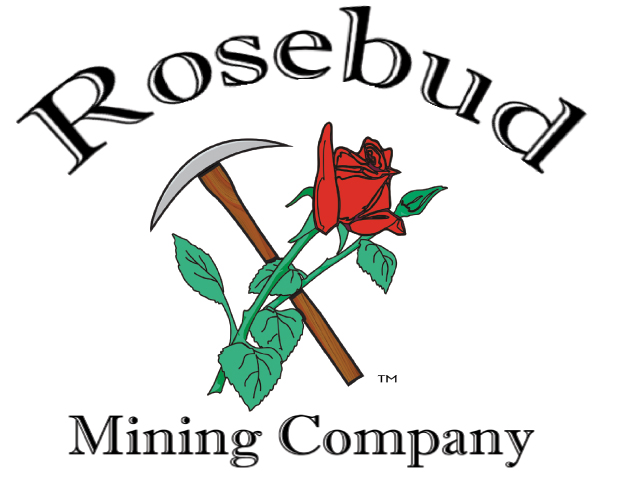TerraPower, a company founded by Bill Gates, says it plans to start building the first of a new generation of nuclear power plants in the US in June, joining a race with Russian and Chinese rivals to develop and export lower-cost reactors.
Chris Levesque, TerraPower’s chief executive, told the Financial Times the company would apply for a construction permit from US regulators this month for its reactor, which is cooled with liquid sodium rather than water. He said the company’s Natrium-branded reactors could be built for about half the cost of standard water-cooled reactors, which have been the cornerstone of the nuclear energy industry since the mid-20th century.
TerraPower, which has raised almost $US1 billion ($1.5 billion) in private funding, signed an agreement with Emirates Nuclear Energy Corporation in December to explore using Natrium reactors to generate electricity and produce hydrogen in the United Arab Emirates.
The company has secured pledges from the US government to provide up to $US2 billion to complete work at TerraPower’s first plant in Kemmerer, Wyoming.
Levesque, a former officer on a nuclear submarine, said construction work near the site of a coal power plant, would begin in June regardless of whether the company received a permit from the Nuclear Regulatory Commission by that date. Much of the initial building work related to non-nuclear activity due to the innovative design of the Natrium reactor, he said, adding that TerraPower planned to bring the plant online in 2030.
“When you use liquid sodium as a coolant instead of water it’s a game-changer,” said Mr Levesque, adding that the high boiling point of almost 900C for the liquid metal brought significant cost savings compared with water.
“Natrium plants will cost half of what light water reactor plants cost … and we are moving our project along pretty aggressively.”
Not the only SMR builder
TerraPower is one of dozens of companies vying to develop a new generation of smaller, more efficient reactors, which nuclear advocates tout as critical to fighting climate change. They are often called small modular reactors (SMRs) and typically have a power capacity of 300MW or less, which is about a third of standard plants.
US companies are trying to catch up with state-controlled rivals in Russia and China, which have deployed two SMR power plants: a floating power plant that supplies the Russian town of Pevek and a reactor in Shidao Bay, China.
The US industry faces challenges because of higher interest rates, rising costs and shortages of the highly enriched uranium fuel required to power the new generation of reactors.
In November, NuScale, an Oregon-based rival, was forced to cancel plans to build the first SMR in the US when power utilities objected to a 50 per cent power price increase it proposed to cover rising costs.
TerraPower did not provide estimates of the prices it would charge for power generated by Natrium.
Better placed than rivals
The Kemmerer reactor would serve as a demonstration project but would become a full-scale commercial plant upon completion. TerraPower and its utility partner PacifiCorp – a unit of Warren Buffett’s Berkshire Hathaway — said in October 2022 that they would study the feasibility of deploying another five Natrium reactors by 2035.
Adam Stein, director of nuclear energy innovation at The Breakthrough Institute, a Washington-based think-tank, said TerraPower was better placed than many of its US rivals because it had secure funding, was not reliant on public markets and had a competitive reactor design.
“Sodium-cooled reactors operate at lower pressures, which requires fewer safety systems. That reduces problems that could go wrong with the plant and reduces costs because they can be built with simpler materials while maintaining safety,” he said.
TerraPower’s Natrium reactor, which is developed in partnership with GE Hitachi Nuclear Energy, is slightly larger than most SMRs with a power capacity of 345MWe. It also contains a molten salt-based energy storage system, which can boost the system’s output to 500MWe for more than five and a half hours when required.
“We’re storing the heat in big tanks of molten salt, like solar plants, and that’s a big thermal battery. A plant like Natrium that can just flex very quickly with that built-in energy storage makes it very valuable,” said Mr Levesque, who will attend a nuclear summit in Brussels this week.
He said TerraPower had faced some criticism over the high level of government funding pledged to its Wyoming project, but added that the strategic value of the Natrium reactor to the US was significant.
“Nuclear energy has great commercial attributes, but it also has huge geopolitical attributes. So you have to look at the competition in China and Russia, who are looking at Africa, Indonesia and elsewhere as future markets.“
By: Jamie Smyth
Source: AFR









